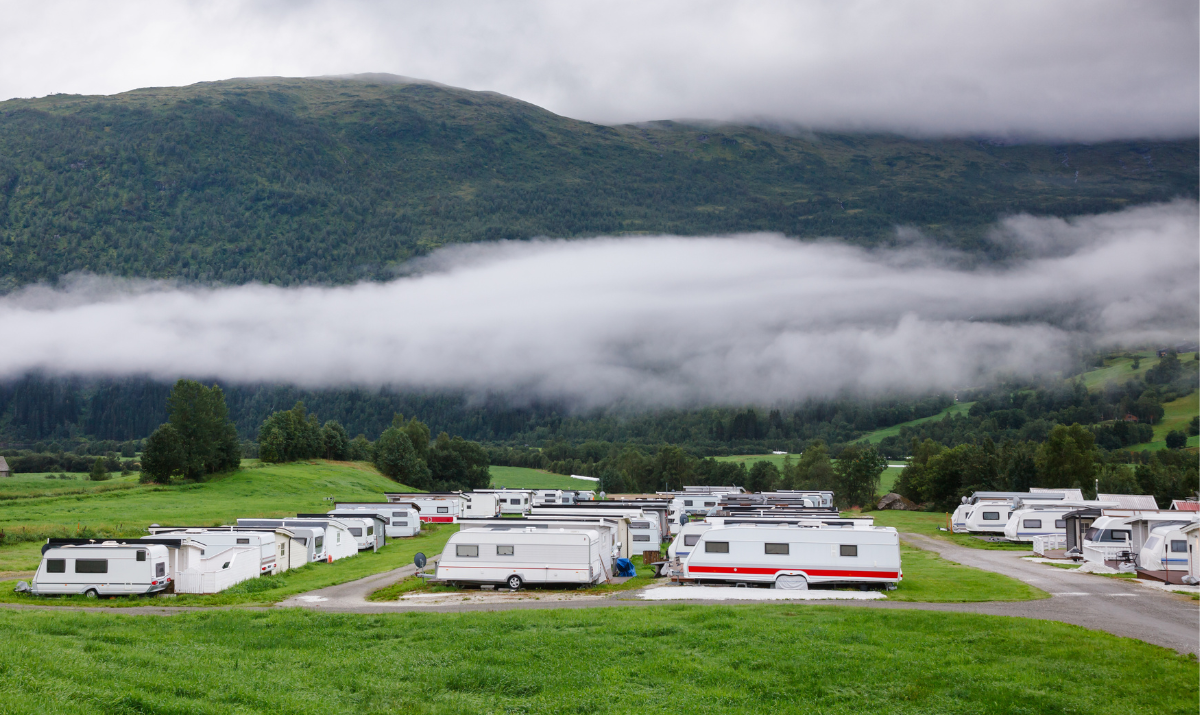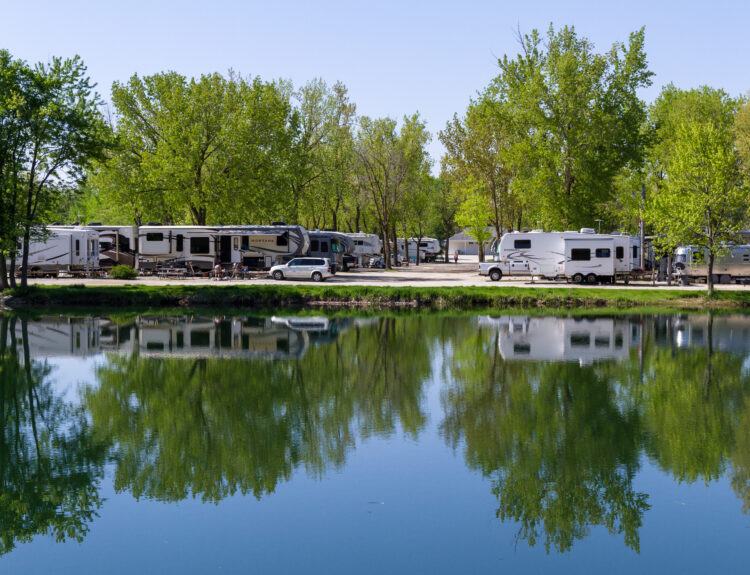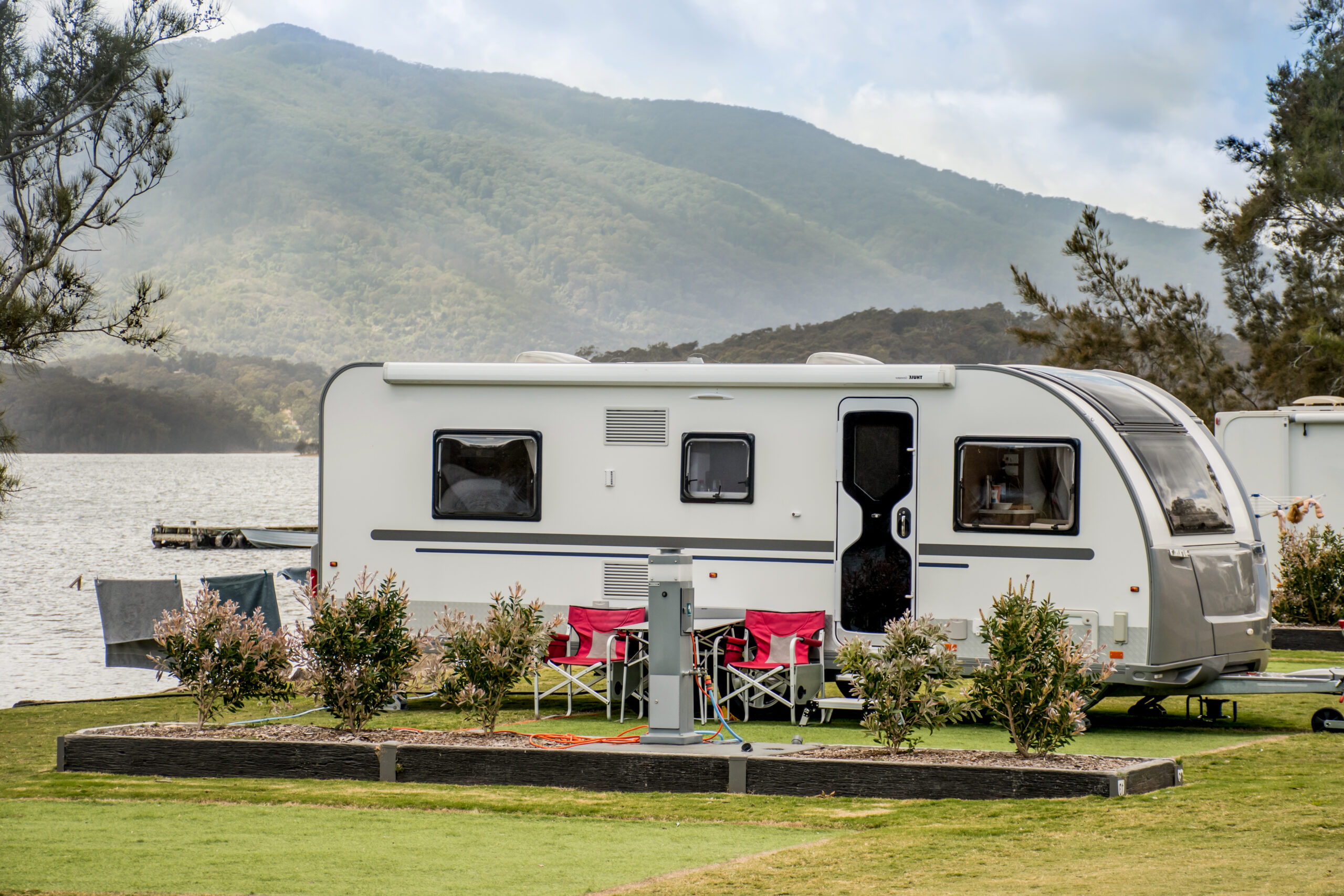Embarking on the journey to start a campground is an exciting endeavor filled with potential and promise. As you stand on the threshold of this adventurous business path, the question of how much land do you need to start a campground immediately arises. Understanding the spatial needs is not merely a prerequisite, but a determinant of your campground’s future success.
Determining how much land you need will not only help to adhere to regulatory compliances, but also aid in creating a campground that meets the expectations of your future guests. So let’s delve deep into the intricacies of planning your campground meticulously, laying the foundation stone for a successful campground business.
Factors Influencing Campground Size
Determining the right amount of space is pivotal when you plan to start a campground. Various factors play a decisive role in this decision. In this section, we will explore the key elements that influence the size of a campground to help you make an informed choice.
1. Regulations and Zoning Laws
Before you start a campground, it is critical to have a well-rounded understanding of the complex web of regulations and zoning laws that will influence your business. These provisions are designed to structure land use efficiently, specifying the activities permitted in different locales, thus playing a pivotal role in determining how much land you will need.
Navigating the zoning laws can sometimes feel like traversing a labyrinth. Different zones have stipulated uses — some areas are reserved for agricultural activities, others for commercial enterprises, while some regions prioritize residential developments. Understanding these designations can aid you in finding the perfect spot for your campground.
Adherence to regulatory standards fosters trust and builds a reputation for reliability and compliance. Therefore, ensure to deep-dive into the regulatory landscape, consulting with local authorities and leveraging the knowledge of experts in the field. This will help you make an informed decision when it comes to how much land you should purchase for your campground.
2. Type of Campground
When planning to start a campground specifically tailored for RV enthusiasts, it’s paramount to categorize your business based on size. Essentially, we are looking at three main tiers: small, medium, and large campgrounds, each offering a different set of experiences and requiring distinct land areas.
- Small Campgrounds: Typically house less than 50 RV sites, focusing on offering a quiet and intimate environment. Small campgrounds demand a more modest land size, providing an exclusive setting that often appeals to those seeking tranquility and a close-knit community vibe.
- Medium Campgrounds: Encompassing between 50 and 150 RV sites, these campgrounds strike a balance between coziness and an array of amenities. They require a considerable land expanse to host additional facilities such as a playground, a convenience store, or recreational halls, promising a vibrant yet relaxed atmosphere.
- Large Campgrounds: Generally exceeding 150 RV sites, large campgrounds are akin to small villages, boasting an extensive range of amenities. They necessitate a vast land area, offering patrons an expansive variety of experiences, from sprawling recreational areas to well-equipped convenience stores, ensuring a bustling and dynamic environment.
When determining the campground size, consider the potential customer base and the kind of experiences you wish to offer. Your choice will significantly influence how much land you need to secure, laying the foundation for the experiences you aim to craft for your guests as you start a campground.
3. Amenities and Facilities
As you endeavor to start a campground, giving due consideration to the amenities and facilities is pivotal. These amenities not only enhance the experience for your patrons, but also actively contribute to the campground’s ambiance and functionality.
- Utility Hookups: Essential for any RV campground, ensure to provide space for utility hookups, including electricity, water, and sewage systems.
- Recreation Areas: Designate spaces for recreational facilities such as picnic areas, barbeque pits, and playgrounds. These spaces become the hub of social activities, promoting a sense of community among campers.
- Bathing and Laundry Facilities: To add a touch of convenience and comfort, plan for well-maintained restrooms and laundry rooms, taking into account the necessary plumbing and drainage systems.
- Retail Space: Consider allotting a small area for a convenience store that stocks essential supplies and perhaps souvenirs to remember the happy times spent at your campground.
Proper planning of these facilities with respect to space allocation will significantly affect the overall layout and land requirements when you start a campground, steering it toward success.
This section outlines the key amenities and facilities to consider for a campground aimed at RVers, highlighting how proper planning around these can enhance the customer experience and play a role in determining the land needed. Let me know if this meets your requirements or if any adjustments are needed.
Tips to Optimize Land Use
To make the most out of your available land when you start a campground, consider the following strategies:
Efficient Layout
An efficient layout not only ensures optimal land use but also enhances the visitor’s experience. Consider the natural landscapes present in your potential land — utilizing them can add a unique charm to your campground while saving costs on landscaping. Or, if natural landscapes prove unusable due to dense vegetation or wetlands, you can employ land-clearing techniques like forestry mulching to create more functional spaces.
Moreover, plan your site layouts to minimize the walking distance between different facilities, encouraging more people to use them and fostering a communal atmosphere.
Multi-purpose Facilities
Developing multi-purpose facilities can be a game-changer in optimizing land use. For instance:
- Common Rooms: Can serve as dining areas, meeting rooms, or even small event venues.
- Outdoor Areas: These can be structured to serve as yoga spots in the morning and movie screening areas in the evening.
Such versatility not only saves space but also offers varied experiences to your visitors, making their stay more enjoyable.
How Much Land Do You Need to Start a Campground?
As we have seen, the size of a campground will depend on a wide variety of factors, including the strategies you use to optimize the use of land.
It is generally considered that one acre of land can accommodate around 10 sites. This means that smaller campgrounds with less than 50 campsites require 5 acres or more, medium-size campgrounds require 10-15 acres, and large campgrounds will require more than 15 acres.
Remember, a well-planned campground that leverages its land optimally stands a higher chance of thriving in the competitive market. Embark on your journey to start a campground with informed choices and strategic planning to carve out a niche in the vibrant camping industry.
Keep reading our blog to learn more about how to grow and thrive in the RV park industry!







